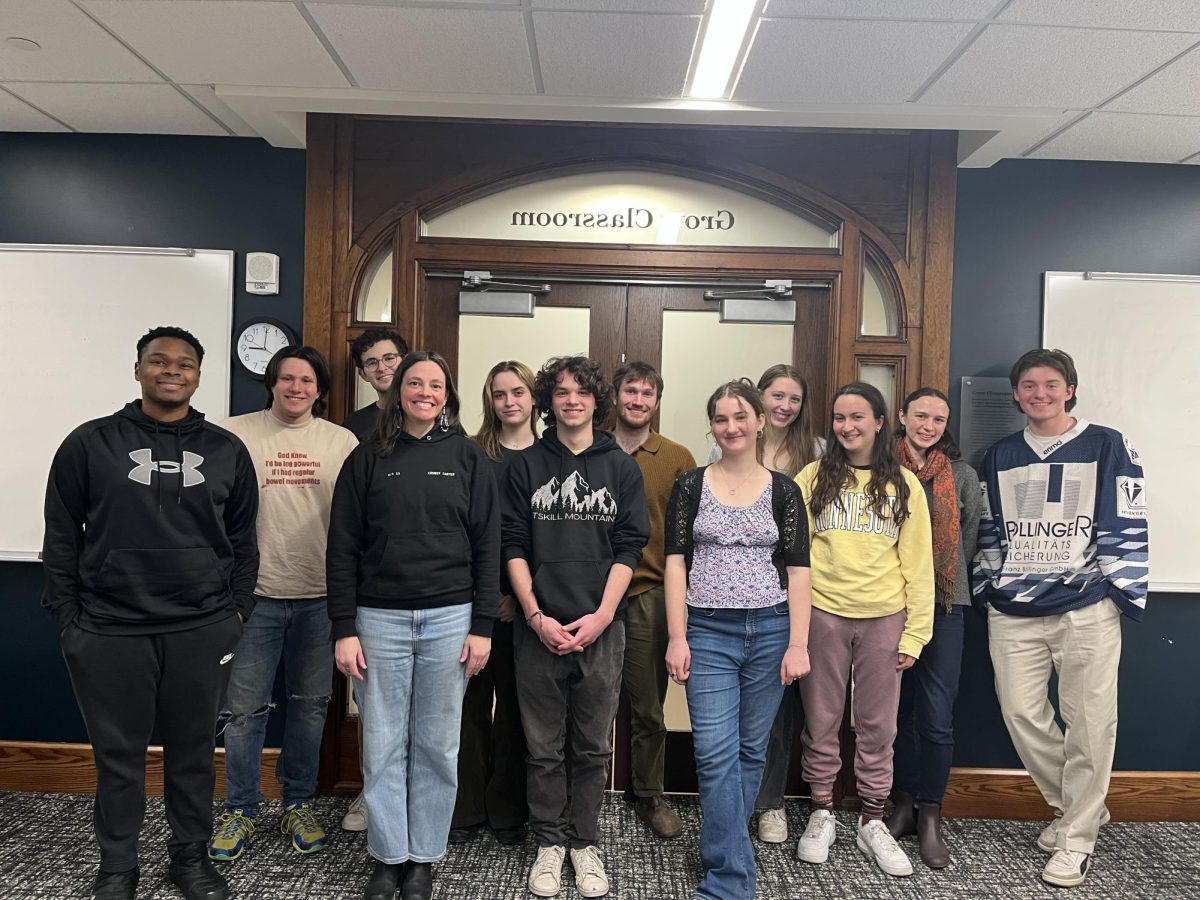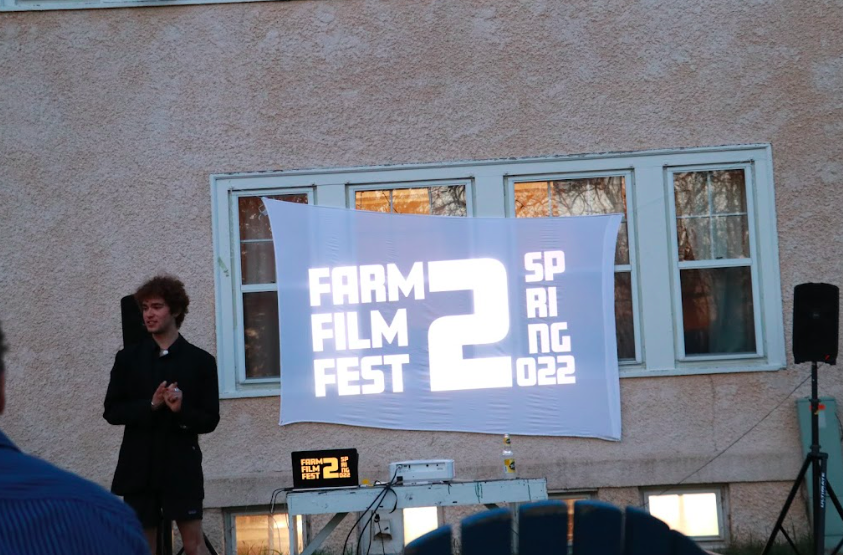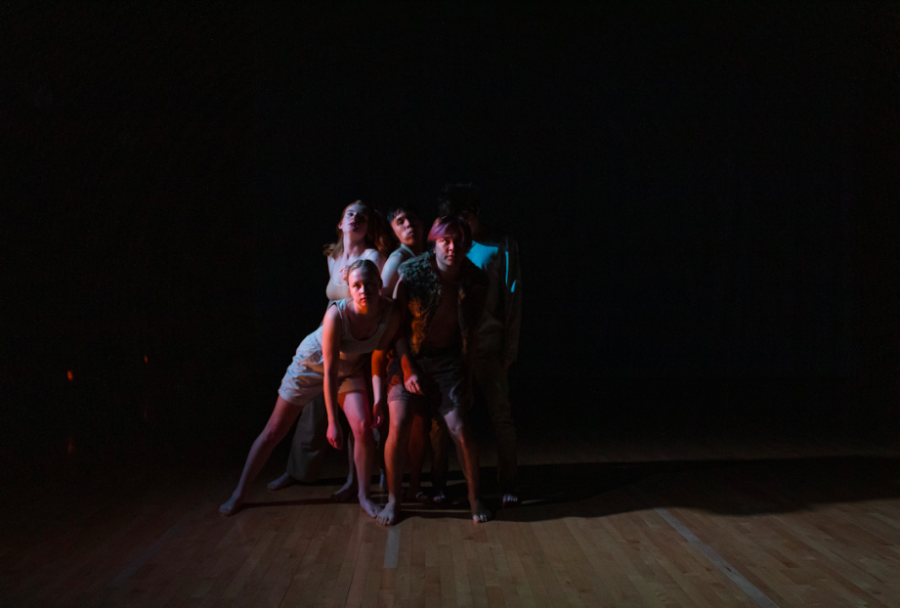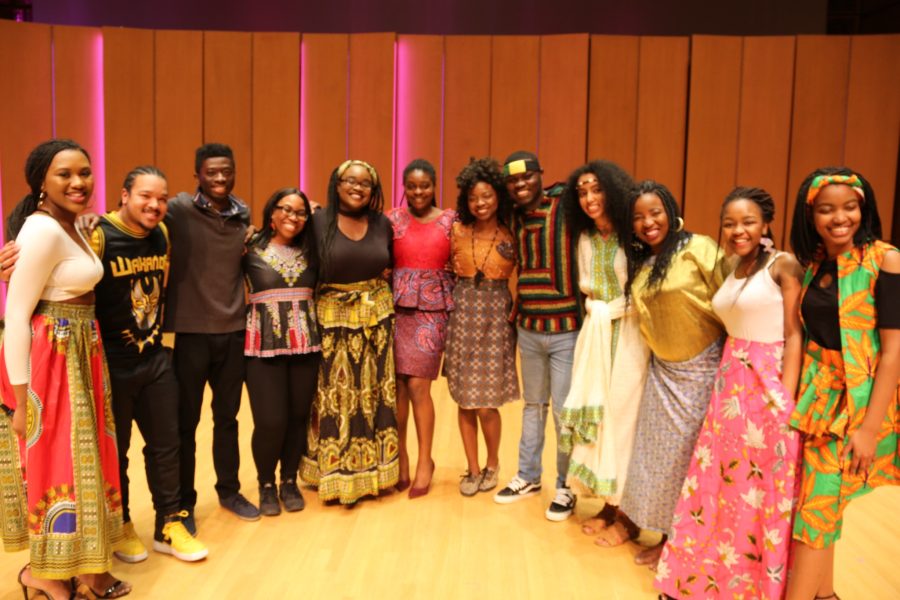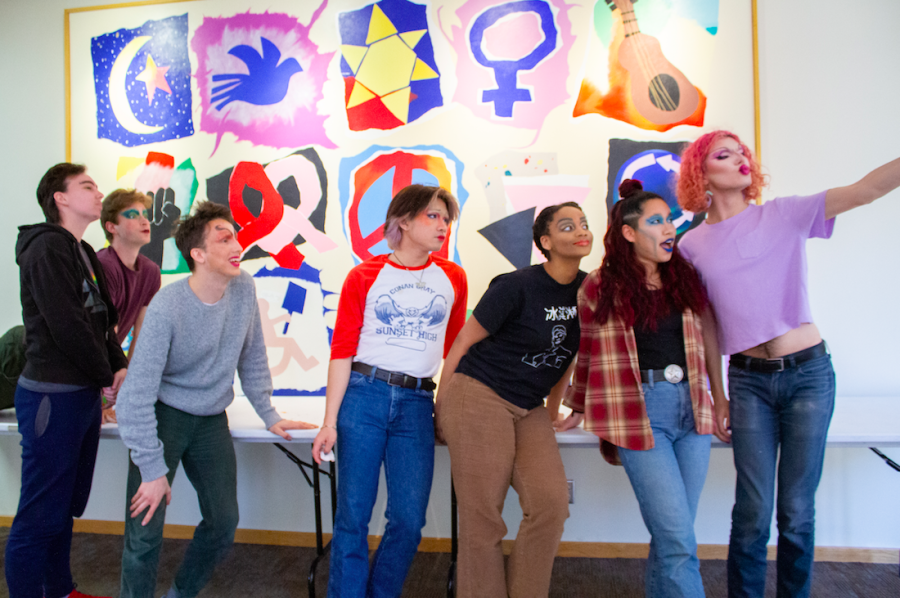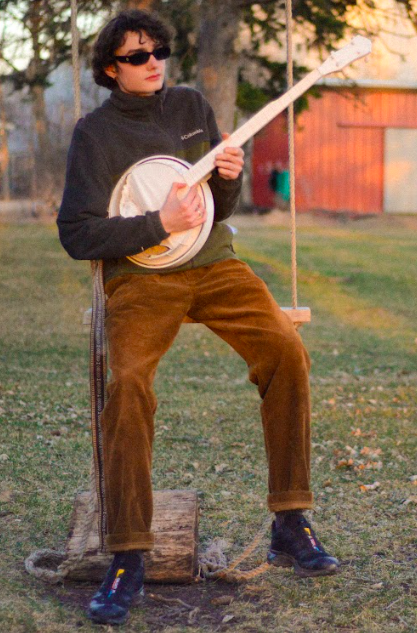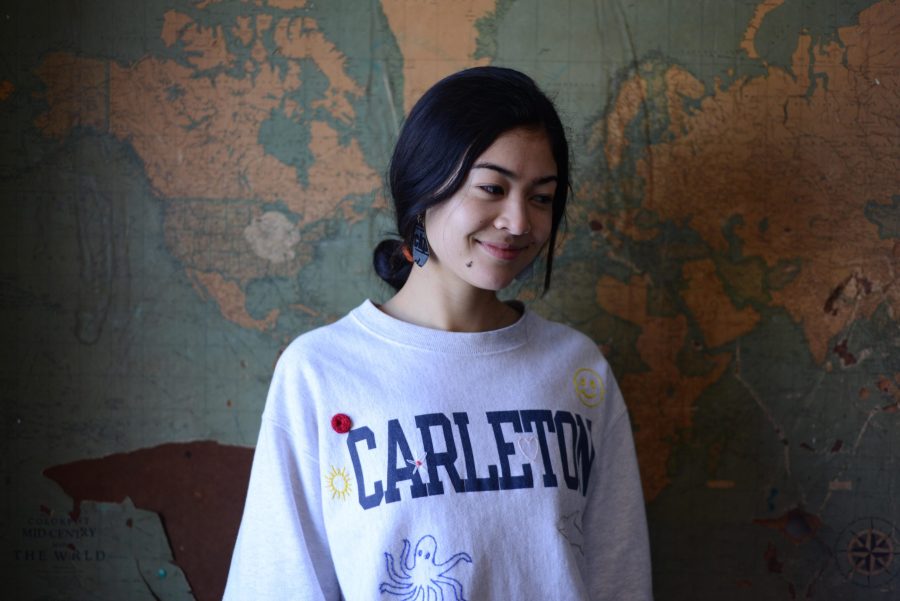From Jan. 27–29, Carleton’s Great Hall hosted the triannual return of the Red Cross blood drive and the National Marrow Donor Program (NMDP) Registration Drive. The three-day event, organized through the college’s Center for Community and Civic Engagement (CCCE), saw a strong turnout of students, faculty and community members eager to contribute to life-saving efforts.
According to the Red Cross, blood donation is a five-step process, beginning with donations and ending with transfusions. After blood is collected, some is placed into smaller tubes for testing to ensure its safety, while the rest is stored on ice for the remainder of the drive. While the tests are being processed, the blood is sent to a processing center, where it is separated into red blood cells, platelets and plasma. If the test results come back negative for infectious diseases, then the blood is stored for transfusion in its component form; if the results are positive, then the Red Cross notifies the donor and discards the blood. Blood is shipped to hospitals 24 hours a day, seven days a week to be transfused to patients in need.
The Red Cross Blood Drive is a long-standing CCCE initiative, coordinated by the health and belonging cohort — one of the center’s student-led co-curricular programs. Each year, a student oversees the event as a volunteer program leader, managing logistics, recruiting donors and organizing tabling efforts.
While students take the lead in organizing the event, Assistant Director of Community Impact Erica Zweifel provides logistical support such as reserving the Great Hall and working with the Red Cross to set dates. “We have an amazing turnout for our blood drives and take pride in creating a welcoming space for first-time donors while also inviting the broader community to participate,” Zweifel said.
This winter’s drive collected 128 pints of blood with the potential to impact 384 lives. Red Cross representative Alex Zidarevich commended Carleton’s ongoing efforts, lauding, “The blood program you all manage at Carleton is truly one of the most impressive in the region.”
“Overall it was a pretty positive experience,” said Megan Smith ’27, a first-time blood donor. “They had some trouble getting the blood at first, but once everything got sorted it was smooth sailing and the post-donation snacks were great. I’d definitely consider donating again.”
Zweifel emphasized that the event’s success reflects Carleton’s commitment to service, with student volunteers playing a key role in recruitment and logistics. She hopes to build on this momentum for future drives and encourage even more students and community members to get involved.
This winter, 35 students volunteered for the blood drive, offering their time and effort to support the cause. Volunteers played a crucial role in keeping the event organized and running smoothly, assisting with donor check-in, verifying whether donors completed the RapidPass, matching government IDs or Red Cross donor cards to the system, and confirming appointment times before guiding donors through the process.
For students unable to donate, volunteering provided another way to contribute. “It was my first time volunteering for the blood drive,” said Chris Rodriguez ’26, who, along with Maryjane Iteghete ’28, helped run the event. “I’m not currently eligible to donate due to personal circumstances, but I still wanted to be part of the initiative.” Others were drawn by the sense of community — or the added perks of free snacks and a t-shirt. Regardless of their motivation, each volunteer helped foster a welcoming and efficient environment for donors.
In conjunction with the blood drive, Carleton’s NMDP chapter hosted its Donor Registration Drive to encourage students to join the national bone marrow donor registry. Volunteers registered a significant number of new potential donors, many of whom were inspired by the story of Baby JJ, a local Northfield child in need of a transplant. Born in December 2024 with X-Linked Severe Combined Immunodeficiency (XSCID), Baby JJ requires a bone marrow transplant to develop a functioning immune system. Since no match has been found within his family, the national registry remains his best chance for survival.
Ruairi Brown ’25, the student in charge of Carleton’s NMDP chapter, emphasized that joining the Donor Registry is simple and accessible. Every Friday during the common time, NMDP members table in Sayles, providing information, swab kits, and opportunities for students to ask questions and sign up. “The process is quick and straightforward,” Brown explained. “Students can scan a QR code at our table, answer a few qualifying questions, and complete two 10-second cheek swabs. It takes less than five minutes.”
“The turnout was incredible,” said event project lead Nithin Poreddy ’26. “So many students stopped by, asked questions, and took that step to potentially save a life. It really speaks to the compassion and generosity of the Carleton community.”
For those who missed the event but are interested in joining the NMDP registry, more information can be found on the national Be The Match website. The Red Cross also encourages eligible donors to consider giving blood at upcoming local drives to address ongoing shortages. Through the combined efforts of student organizers, volunteers and donors, Carleton’s latest blood and marrow registration drives underscored the power of collective action.

